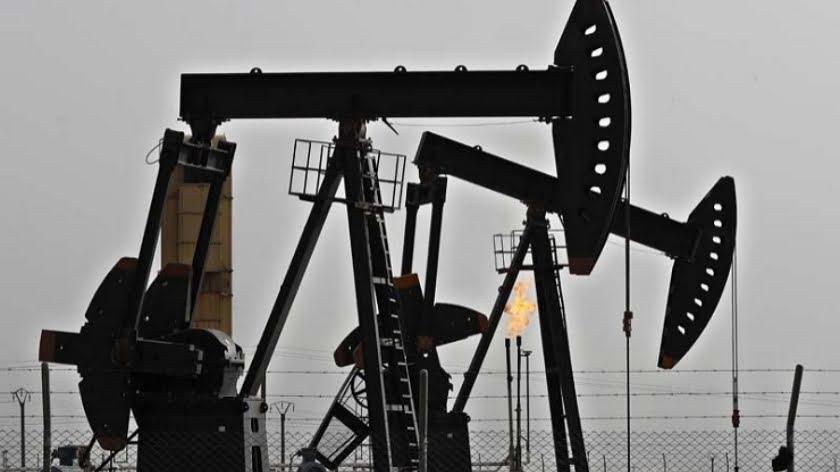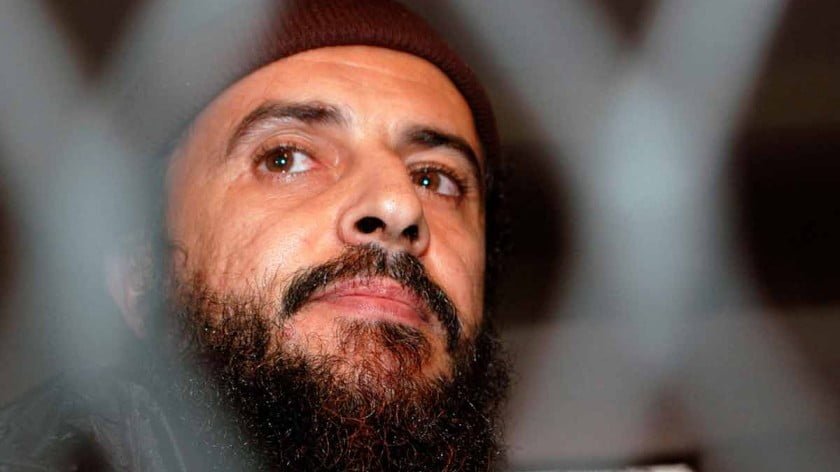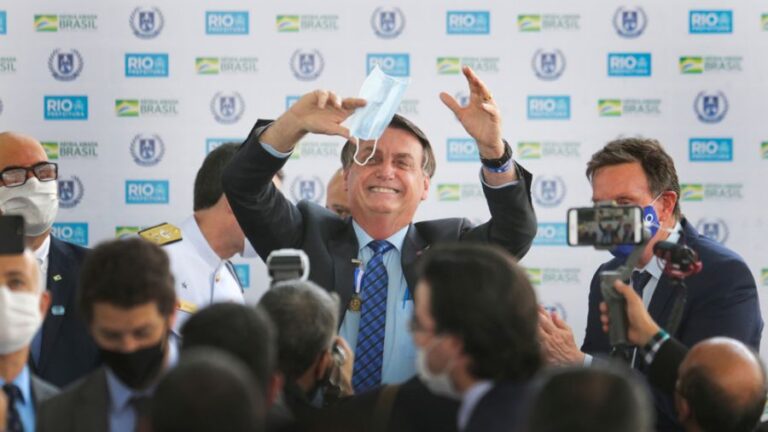Second General Strike by Truck Drivers in ROK
Do you recall the summer story about the truckers’ strike in South Korea? It is now reoccurring and, in the author’s view, is not so much part of the workers’ struggle for their rights as an instance of the political confrontation between conservatives and democrats.
On November 22, 2022, the Korean Confederation of Trade Unions (KCTU), one of South Korea’s two umbrella unions, announced that it would wage an all-out struggle for greater labor rights. The union is pushing for an additional law to prevent fatal accidents on construction sites (the one in place is, in their view, not working), the abolition of the temporary status of the freight tariff system that guarantees basic wages to truck drivers amid rising fuel prices and the expansion of the cargo types list covered by the system. So far it has only applied to container and cement carriers, or 6.5% of all trucks.
Other demands include a halt to government efforts to privatize transport, health and other public services, and a review of the labor law to limit employers’ claims for damages against unions.
On November 23, the government and the ruling party agreed to extend the system for three years, but not to extend it to other areas – the KCTU was not satisfied and a series of strikes began. Heavy goods vehicle drivers went on strike on November 24, irregular school workers on November 25, Seoul Subway workers on November 30 and railway workers on December 2.
It should be recalled, however, that this is the second truckers’ strike. The first one lasted a week unhindered and ended with a consensus between the union and the entrepreneurs, with some mediation by the state. Although Yoon threatened to break up the protest in the summer if the strikers crossed the line, only the protesters who obstructed the work of those who refused to go on strike were subjected to reprisals. However the aftermath of the strike caused 2 trillion won ($1.5 billion) in damage to the industry.
So, the second strike has less to do with the strikers’ demands not being met than with the fact that the KCTU is controlled by democrats, who are trying to rock the boat as much as possible amid their own political problems and desire to bring down Yoon Suk-yeol at any cost. If the protest is crushed, the President can be accused of creating a dictatorship, and if Yoon goes along, they can try to walk over him and then the conservatives will accuse him of weakness.
On the first day of the strike, 43% of the union’s 22,000 members took part in it, and container volumes at major ports were down to around 40% of normal levels.
On the same day, Prime Minister Han Duck-soo urged truck drivers to go back to work, and “make a decision from a broad point of view in consideration of severe economic conditions”. Yoon Suk-yeol also wrote on social media that “if they continue their irresponsible transport refusal, the government has no choice but to consider various measures, including a work initiation order.”
Meanwhile, the Korea Cement Association has claimed a loss of 19 billion won in the first 24 hours of the strike. This has caused disruption at construction sites. Container traffic has also dropped to around 40% compared to the average on normal days.
On November 25, the Korean Union of Irregular School Workers (cooks, extracurricular organizers, etc.) went on strike, demanding stable working conditions as well as action to address the problem of lung cancer among school canteen workers.
On the second day of the drivers’ strike, about 35% of the total union membership participated, but the damage continued and POSCO, the country’s leading steel producer, said it was considering using sea or rail routes to deliver steel.
On November 28, the government and the strikers held their first talks, but were unable to resolve their disagreement over minimum freight rates.
On the same day, cement companies said they would be forced to suspend production for a week if truckers continued to strike.
Meanwhile, container traffic at ROK ports dropped to 2,788 TEUs, 7.6% of its normal level. More than half of all sites under construction have had problems with delivery of the necessary materials, and 260 sites have had work suspended due to a lack of cement supply.
On November 29, a cabinet meeting chaired by Yoon Suk-yeol issued a “back-to-work order” for striking truck drivers. It primarily concerns cement truck drivers.
According to the law, the Minister of Land and Transport has the power to impose a ban on a strike if it threatens the national economy. Violation of the ban carries imprisonment for up to three years or a fine of up to 30 million won ($22,500).
The Cargo Truckers Solidarity Union has criticized the authorities’ decision: the “back-to-work order” is a violation of the International Labor Organization Convention. The strikers said they would not accept pressure from the government and continued the protests.
By November 30, cement supplies had dropped by 95%, causing most construction sites across the country to shut down, 23 gas stations ran out of fuel, and the conservative media began accusing the authorities of sluggishness after government and Cargo Truckers Solidarity Union representatives had made a second attempt at a deal but failed to reach a compromise.
On the same day, after eight hours of unsuccessful negotiations, two unions counting around 13,000 members, or 80% of Seoul Subway’s workforce, went on strike. However, on December 1, Seoul Subway workers reached an agreement with management, ending the strike.
Meanwhile, the authorities have issued orders for those 350 drivers out of the 2,500 strikers whose identity has already been established to return to work. However, because the order must be delivered personally to the striker and since transport companies are reluctant to share personal details, including the drivers’ addresses, the notification of the orders to all protesters has been delayed.
By the morning of December 1, losses from the suspension of cement transports stood at 95.6 billion won ($73.5 million), and 33 gas stations nationwide were out of fuel, including 11 in Seoul. In this context, the authorities have considered issuing a back-to-work order to gas truck drivers, with Minister of Finance Choo Kyung-ho reiterating his call for truckers to return to work, stressing that their strike is causing serious damage to the country’s already damaged economy.
On the same day, the Korea Railroad Corporation (KORAIL) and its union negotiated to avoid a strike. Nevertheless, as a result of negotiations that lasted all night from December 1 to 2, the union and KORAIL management reached a tentative agreement on a number of contentious issues, KORAIL management agreed to resolve the wage issue with the government in phases, as well as to improve working conditions.
On December 2, the Ministry of Transport said it would start imposing fines on strikers who fail to comply with the back-to-work order from early next week. At the same time, the Korea International Trade Association (KITA) said it is considering filing a compensation claim against the striking truckers, as the strike, now in its ninth day, has caused more than 1.6 trillion won ($1.2 billion) in damages, 60% of the country’s construction sites (727 facilities) are idle, and 55 gas stations nationwide have already run out of fuel. Meanwhile, according to Opinet, a website run by the state-owned Korea National Oil Corporation, the country has only three days’ worth of fuel reserves.
Daily petrochemical shipments fell to 30% of average, although cement supplies have recovered to about 46% of average daily volume since the back-to-work order had been issued, while container shipments from major ports have recovered to 81% of average volume.
As of December 3, the situation remained uncertain. On the one hand, a compromise was reached with the railway and subway workers and the number of striking drivers was somewhat reduced: back-to-work orders were sent to 425 truck drivers out of 777, and 178 of them complied with the instruction. Container traffic has also increased from 64% to 81% of its normal level, which also indicates that a certain proportion of drivers have returned to work. On the other hand, the cement and fuel situation remains critical and the scale of shipment disruptions in the steel industry is estimated at 1.1 trillion won.
Confrontation is likely to happen, as there has been no continuation after two failed attempts to reach an agreement. Since December 5, the ROK government has started taking action (up to and including license revocation) against striking cement truck drivers who refuse to comply with the back-to-work order. KCTU, as of the same date, is considering the option of a general strike. The unions have no intention of backing down and are playing the role of battering ram in the opposition’s “rocking of the boat” to protect their leaders from prosecution.
Be that as it may, the second round of the “trucker problem” is clearly proving more difficult for Yoon than the first one, but for now we put a comma rather than a full stop as we continue to follow developments.







